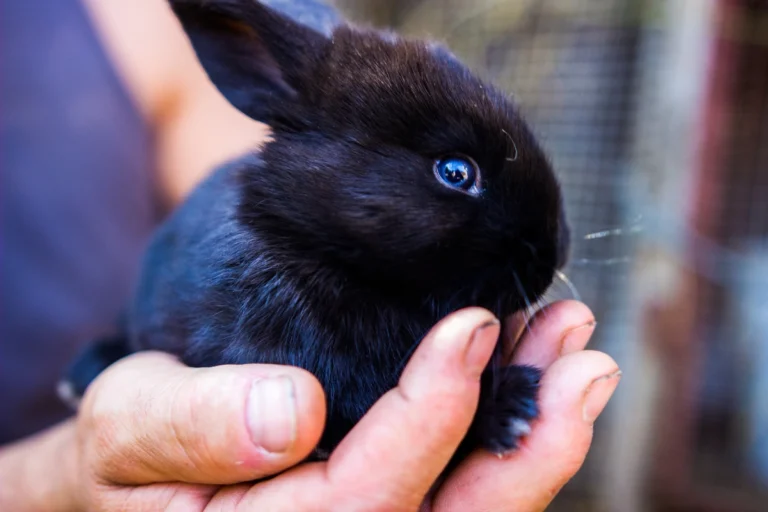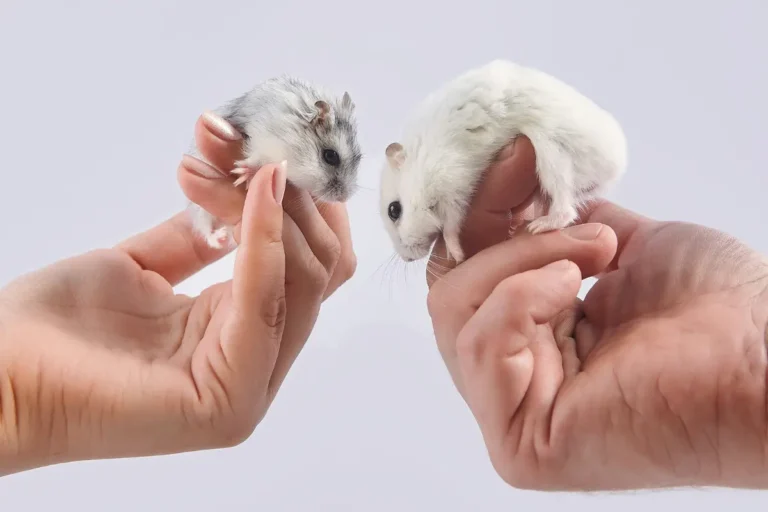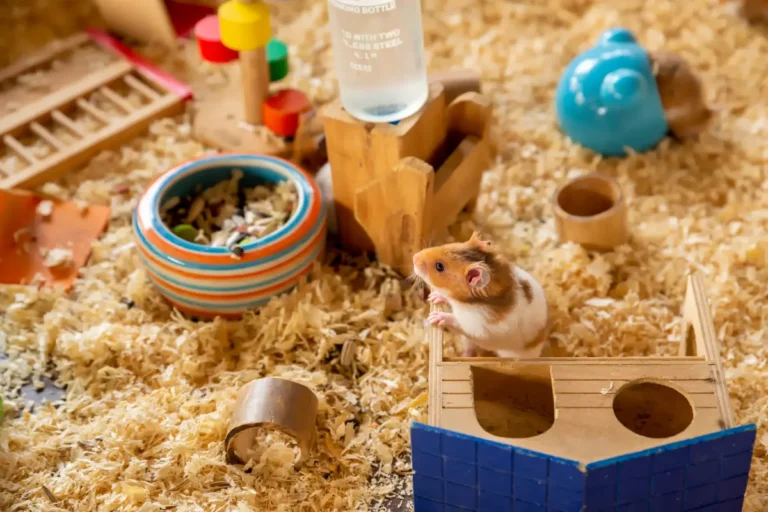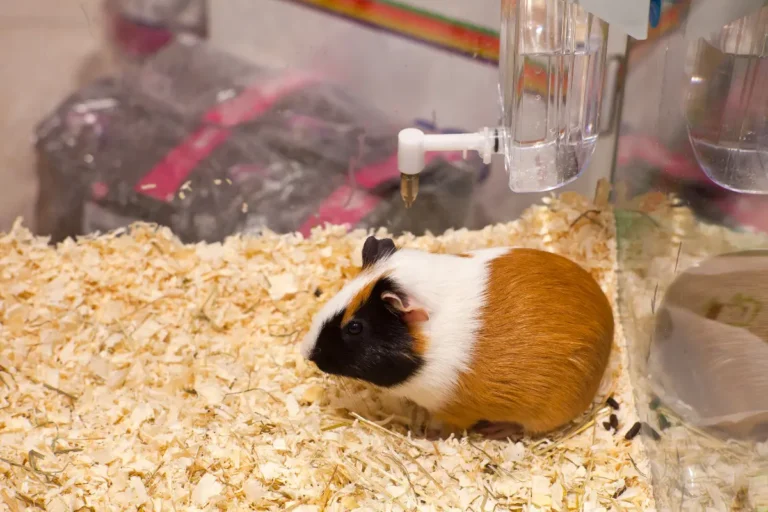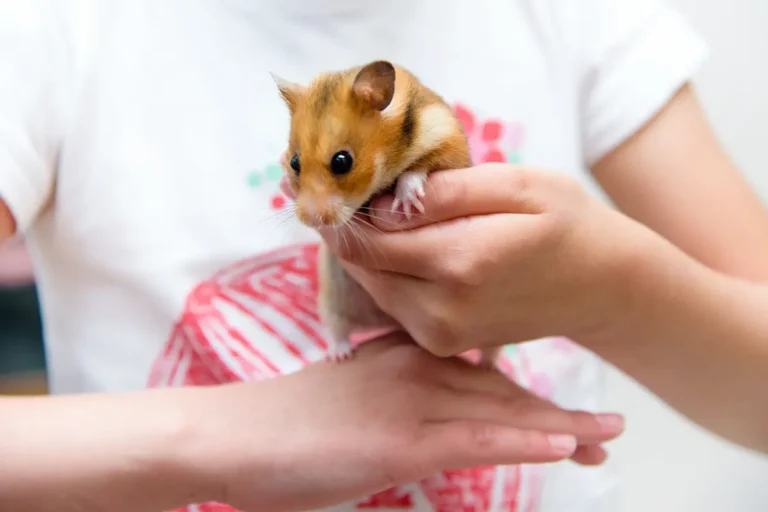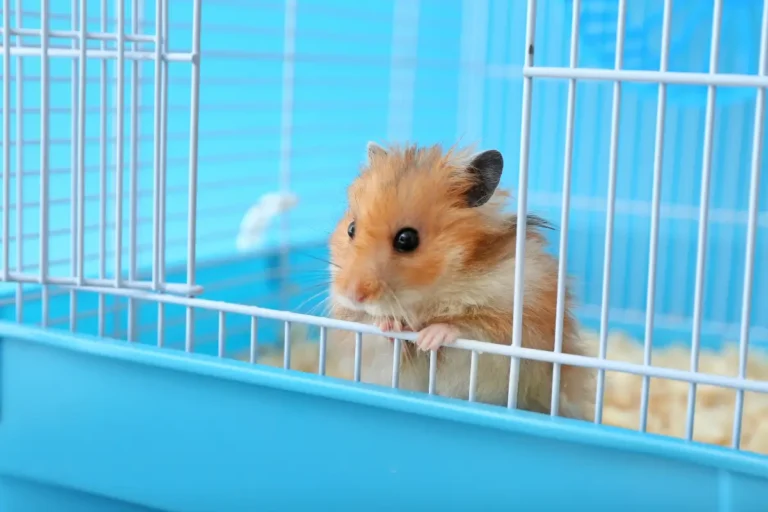What Do Hamsters Hate? Top Things to Avoid for a Happier Pet
Hamsters, despite their small size and playful nature, are quite sensitive creatures. As prey animals, they are naturally cautious and have unique needs that must be respected to ensure they remain healthy, comfortable, and stress-free.
Here are the top 18 hamsters dislike, shedding light on what you should avoid to keep your furry friend happy.
1. Loud Noises
Hamsters have an incredibly sensitive sense of hearing, far sharper than humans. Noises such as vacuum cleaners, blenders, or loud conversations can be distressing to them. As prey animals, hamsters are particularly sensitive to sounds, as it helps them detect potential threats. Overexposure to loud noises can cause anxiety, reduce their activity, and even impact their overall health.
What You Can Do:
Place your hamster’s cage in a quiet, low-traffic area of your home. Avoid noisy appliances and disturbances near their habitat, and opt for calming environments.
2. Bathing Them
While hamsters are naturally clean animals, bathing them is unnecessary and can be harmful. Sudden temperature changes from water, along with the stress of the process, can make them uncomfortable. Hamsters groom themselves well, and a bath can strip their skin of natural oils, leading to dryness or even shock.
What You Can Do:
Spot clean your hamster with a damp washcloth if needed. A sand bath with pet-safe sand is a great way to let them clean themselves while enjoying a fun activity.
3. Waking Them Up
Hamsters are nocturnal creatures, which means they are most active during the evening and night. Waking them up during the day to play can be stressful, as they need their rest. Interruption to their sleep cycle can lead to irritability and unhealthy stress levels.
What You Can Do:
Interact with your hamster during their active hours, typically late afternoon or early evening, after they’ve had their rest.
4. Strong Smells
Hamsters have an acute sense of smell, which means they are sensitive to overpowering odors. Scents from perfumes, deodorants, cleaning products, and even strong-smelling foods can cause discomfort. Inhaling strong scents can lead to respiratory issues or heightened anxiety for your hamster.
What You Can Do:
Avoid using strong-scented products around your hamster’s living space. Opt for unscented products and ensure proper ventilation to maintain a fresh, clean environment.
5. Cotton Fluff Bedding
Cotton fluff, a common bedding material, is dangerous for hamsters. If ingested, cotton can cause severe internal blockages, and it can also wrap around their limbs, restricting circulation and leading to injury.
What You Can Do:
Use safe bedding materials, such as paper-based products or toilet paper. These are digestible and won’t pose a health risk to your hamster if chewed or ingested.
6. Too Much Change Too Often
Hamsters are creatures of habit, and frequent changes to their environment can lead to stress. Constant rearranging of their cage, moving it to a new room, or introducing unfamiliar objects can disorient them and cause anxiety.
What You Can Do:
When making changes to their living space, give your hamster plenty of time to adjust. Avoid making frequent alterations to their environment and allow them to settle in before introducing new items.
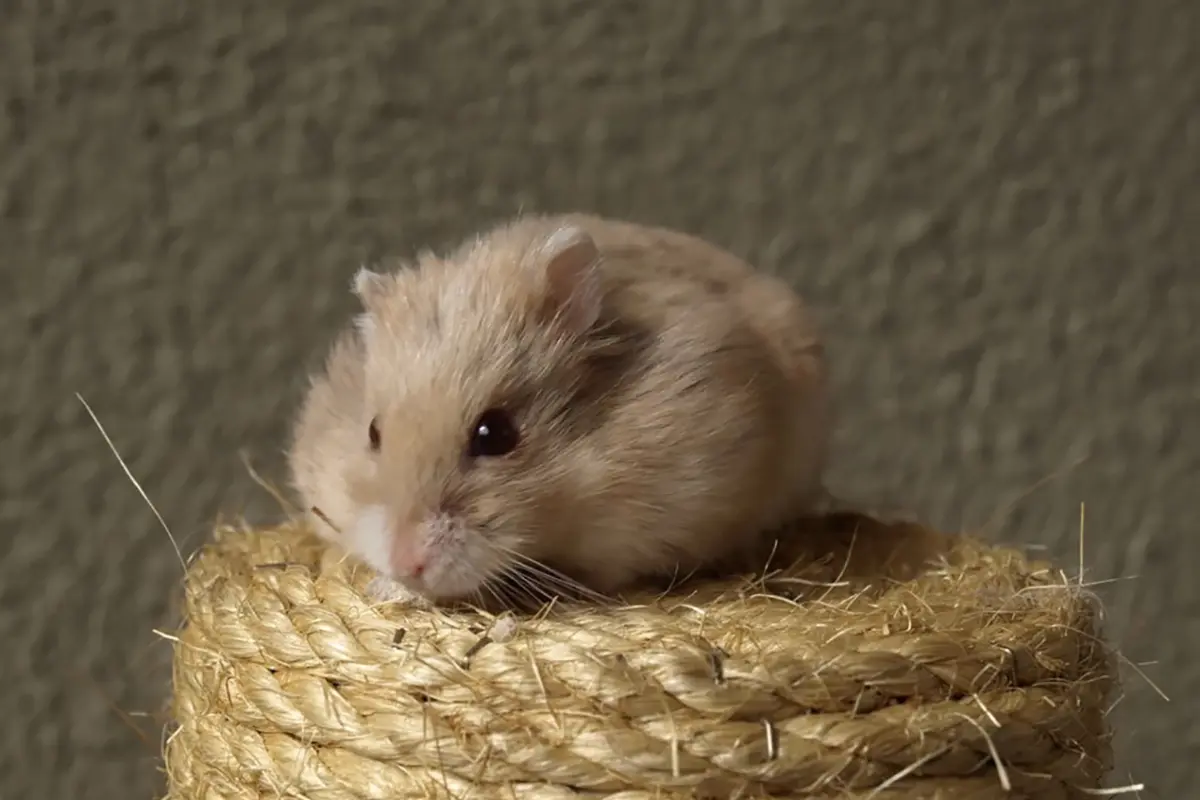
7. A Dirty or Smelly Living Space
Hamsters are naturally clean and require a tidy, comfortable habitat. A dirty or poorly maintained cage can lead to health problems such as respiratory issues, skin infections, and digestive problems.
What You Can Do:
Spot clean their cage regularly and change bedding at least once a week. However, avoid over-cleaning as it may remove familiar scents, which can make them feel unsafe. A balance is key.
8. Sharing Their Territory
Hamsters are solitary animals by nature. They don’t enjoy sharing their space with others, including other hamsters. Living with another hamster can lead to aggression and territorial disputes, which may cause serious injury.
What You Can Do:
Always house your hamster alone in a separate cage. This ensures they feel safe and secure in their own territory.
9. Not Enough Space to Exercise
Despite their small size, hamsters need plenty of room to run, explore, and burrow. A cramped cage can lead to physical and mental stress, leading to obesity, depression, and boredom.
What You Can Do:
Provide a spacious cage with plenty of bedding for burrowing, an exercise wheel, and other accessories to keep your hamster active and stimulated.
10. Small Children
Hamsters are delicate, and young children may not fully understand how to handle them gently. Fast movements or rough handling can cause stress or even injury to your hamster.
What You Can Do:
Always supervise interactions between young children and your hamster. Teach children how to handle them gently and respect the hamster’s space.
11. Socializing with Predators
As prey animals, hamsters are instinctively fearful of predators. Being around larger animals like dogs or cats can cause severe anxiety. Even the scent or presence of a predator can stress out a hamster.
What You Can Do:
Keep your hamster’s cage in a separate room, away from other pets. Ensure that other animals never have access to the hamster’s living space, and always supervise any interactions with pets.
12. Visitors and Strangers
New people and unfamiliar smells can be alarming for your hamster. Strangers in the home may cause them to feel insecure, leading to stress and agitation.
What You Can Do:
If you have guests, ensure your hamster’s cage is in a quiet area where they won’t feel overwhelmed. Let your hamster approach visitors when they feel comfortable.
13. Having Nowhere to Hide
Hamsters are naturally shy and need a safe space to retreat when they feel threatened or scared. Without a hideout, they may feel exposed and vulnerable, leading to stress.
What You Can Do:
Provide your hamster with a hideout, such as a tunnel, cardboard box, or small house. This allows them to rest undisturbed and feel safe.
14. Being Picked Up
While some hamsters can be trained to tolerate gentle handling, being picked up unexpectedly or roughly can be very distressing. Hamsters are prey animals, and their instinct is to escape or hide from potential threats.
What You Can Do:
Allow your hamster to come to you on their own terms. Use gentle handling techniques, supporting their entire body, and avoid grabbing them by their limbs or tail.
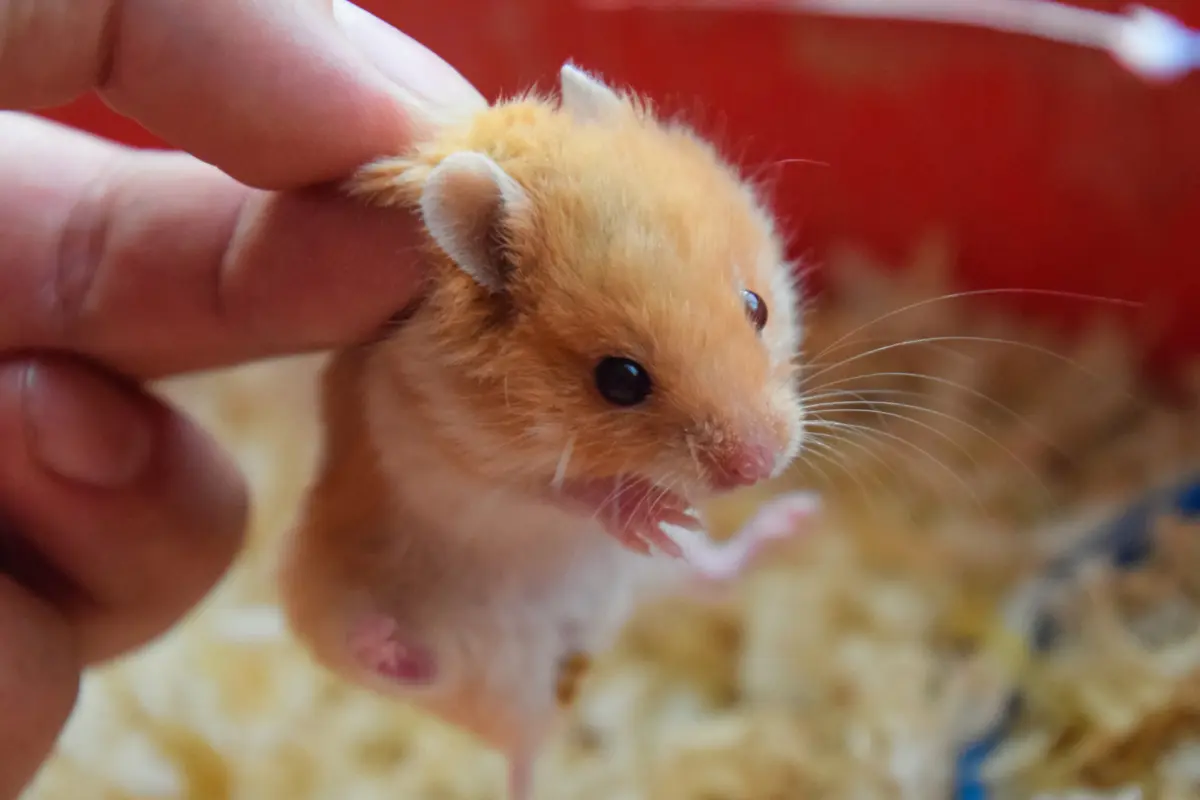
15. Dressing Them Up
Though dressing up pets may seem fun, hamsters are not comfortable with clothing. Forced outfits can cause agitation, discomfort, and distress.
What You Can Do:
Respect your hamster’s natural state and avoid dressing them up. Instead, focus on providing them with enrichment through toys and activities that cater to their instincts.
16. Traveling
The unfamiliar sights, sounds, and movements involved in travel can be stressful for hamsters. Traveling in a car or moving to a new location can cause anxiety and discomfort.
What You Can Do:
Limit travel and only move your hamster when necessary. If transport is required, ensure their cage is secure, comfortable, and provides hiding spaces to reduce stress.
17. Chasing After Them
Chasing a hamster can be traumatic, raising their heart rate and causing anxiety. It creates a negative association with you, and over time, your hamster may avoid you altogether.
What You Can Do:
Always respect your hamster’s space and allow them to approach you at their own pace. Avoid chasing them, and instead, let them explore freely in a safe, contained area.
18. Living with Guinea Pigs or Rabbits
While hamsters, guinea pigs, and rabbits may seem similar in size, they should never be housed together. Hamsters are solitary animals and can become aggressive or frightened around other species.
What You Can Do:
Keep your hamster in a separate cage from other animals to ensure their well-being. Each species has different needs, and housing them together can cause stress or injury.
In conclusion, keeping a hamster happy and healthy requires understanding and respect for their natural instincts and preferences. Provide them with the space, enrichment, and care they need. Always remember that a hamster’s happiness depends on a safe, stress-free environment tailored to their specific needs.

